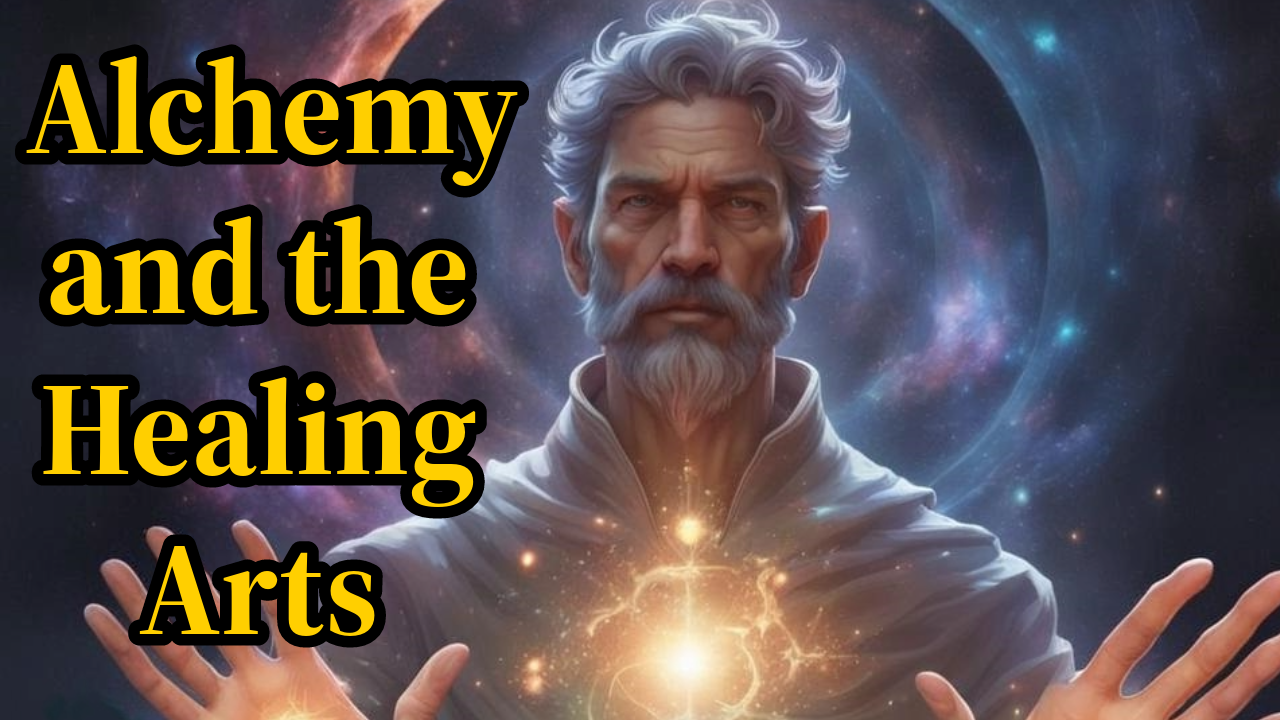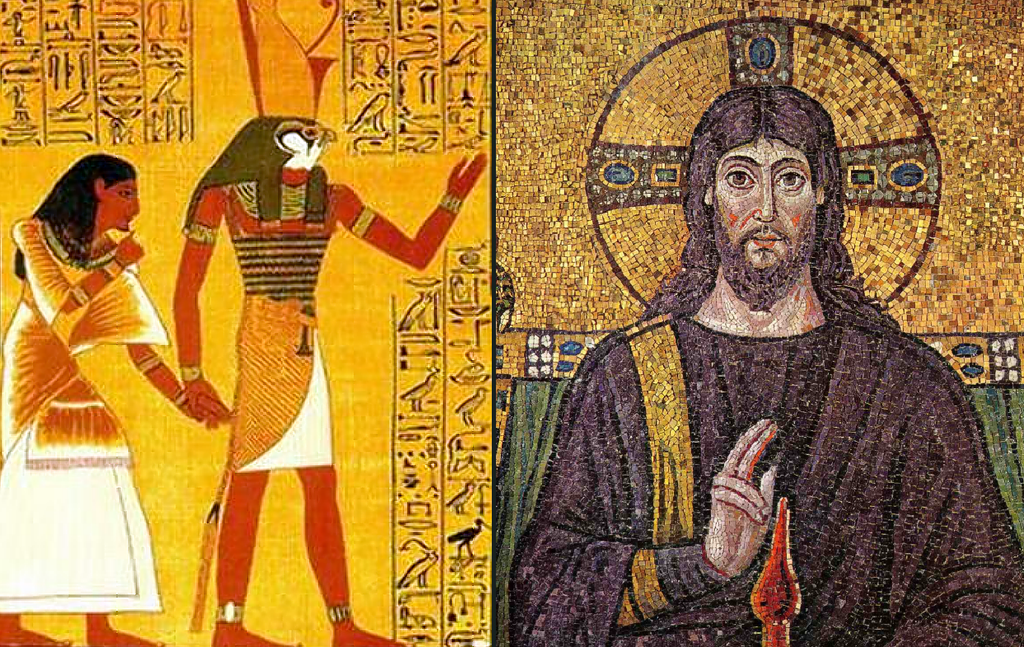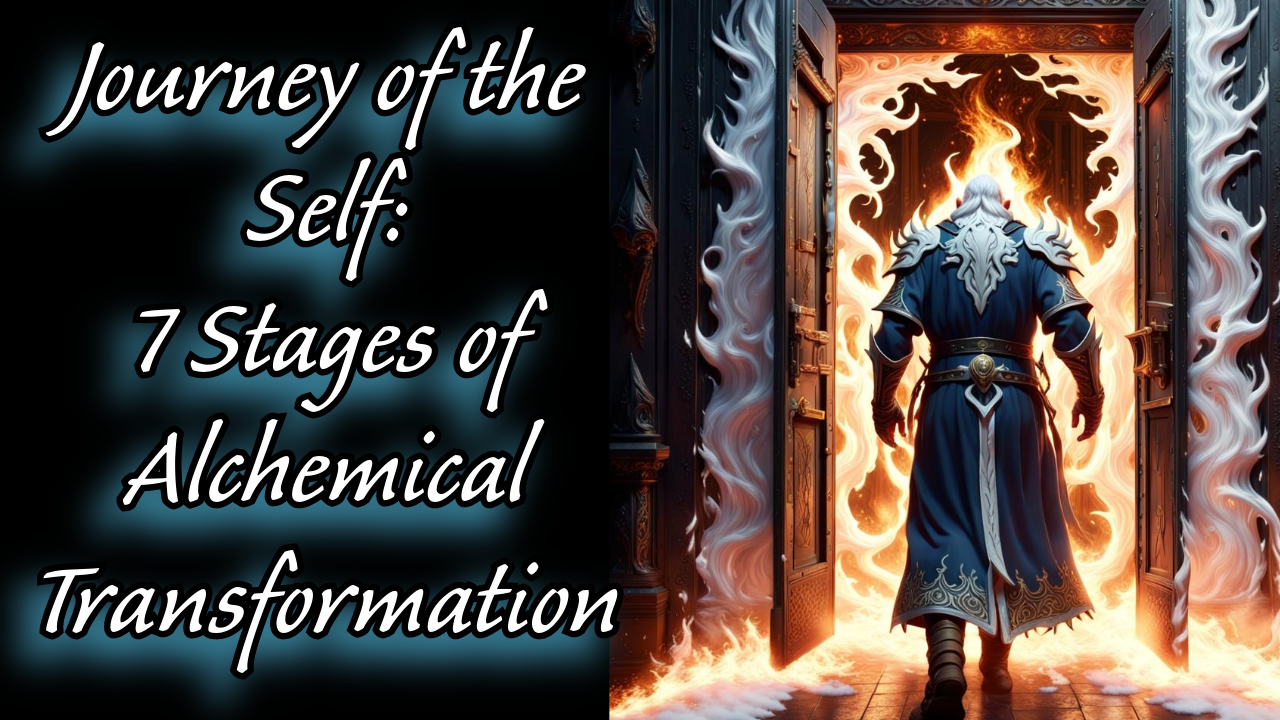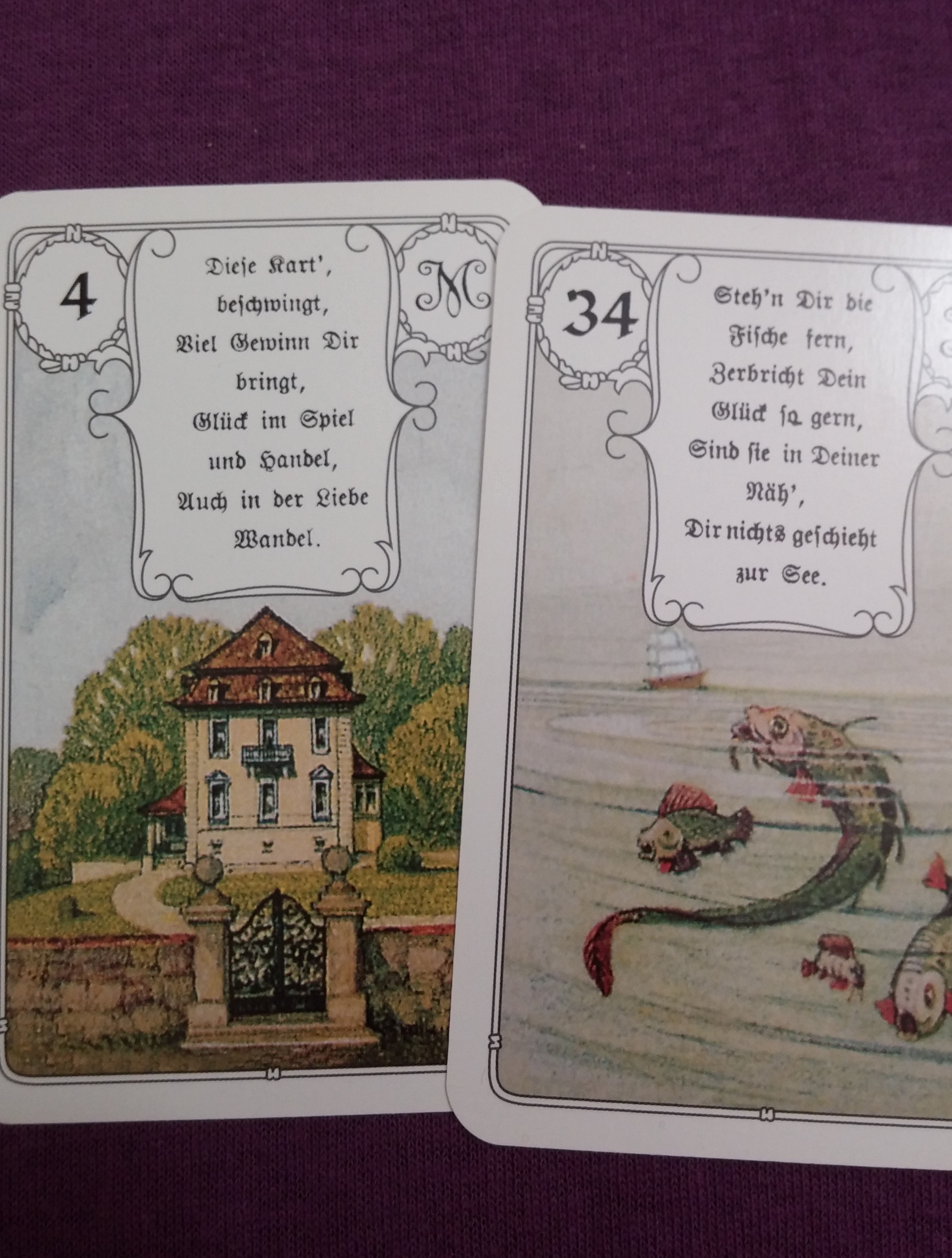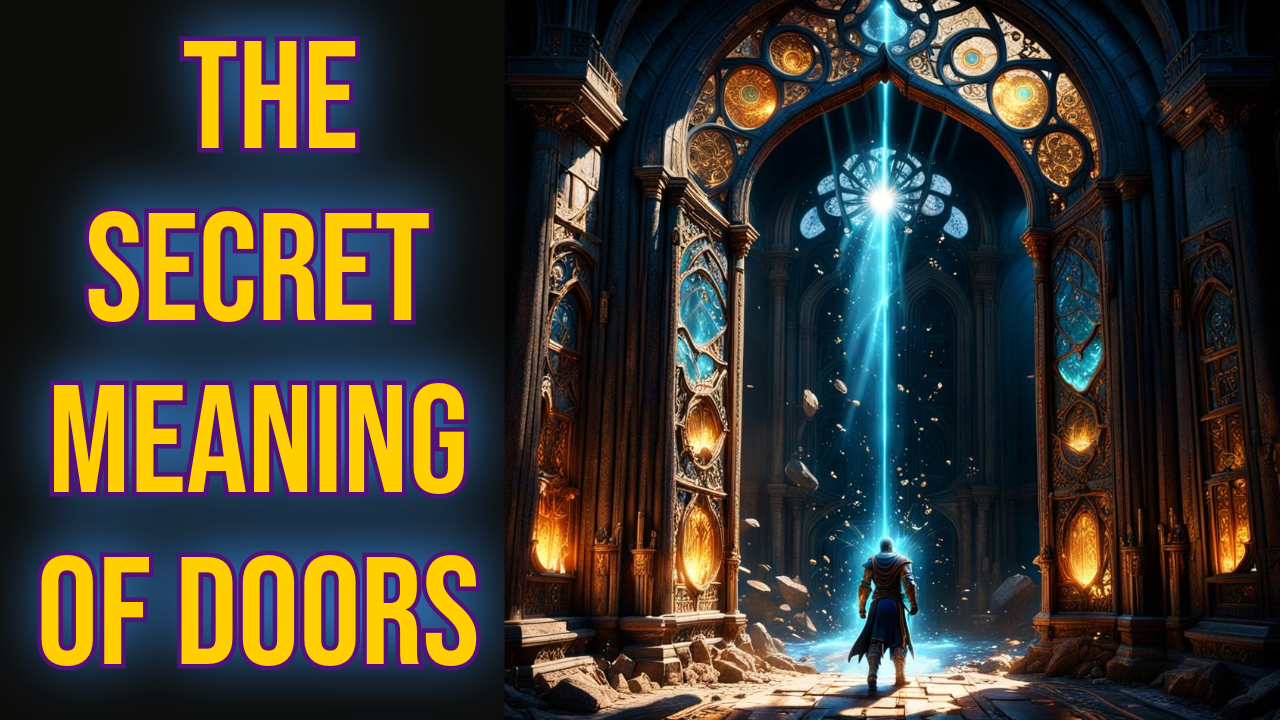
“Every exit is an entry somewhere else” Tom Stoppard
If you take a minute to really ponder this quote, does not it seem like the next door or gate you pass through should be done so with the utmost awareness? What are you really passing into, or exiting out of?
On a mundane level, we think it appears to be from the patio into the house: the bathroom into the living room: the bus stop into the bus –
But, what if it is something more? Magic portals to other worlds? Mystical gateways into unknown and forbidden realms? Perhaps entrances to hidden dimensions? Or conduits into forgotten lands?
Or the beginning of a new chapter or adventure in life, in which there are no guarantees, only uncertainty.
A door is the entrance into a car, an airplane or a boat – all means of transportation that can take you to far away places.
A door is also figuratively used when traversing different mental states, for example, when we talk about the “door to enlightenment”.
So there’s a certain curiosity of the idea of crossing into other territories, zones or places on a physical, spiritual, mental, emotional or even multidimensional plane.
The symbolic significance of doors spans various spiritual, esoteric, magical, and alchemical traditions, each imbuing them with distinct meanings and interpretations.
In this brief video, we are going to have a look at some of these different meanings from various traditions.
And if you stay tuned to the end, we have a special excerpt on how you can bring the magical essence of the door into your own living space!
Spiritual Meaning: Doors often symbolize transitions, passages, and opportunities for growth or transformation in spiritual contexts. They represent the threshold between the material and spiritual worlds, as well as the entrance to higher consciousness or enlightenment. In a spiritual sense, doors have long captivated us as we transition from birth, to death and to birth again, as revealed in texts discussing reincarnation.
The Tibetan Buddhist tradition speaks of the “Bardo Thodol,” commonly known as the Tibetan Book of the Dead, which describes the journey of the soul through various bardos (intermediate states between lives) after death, with each bardo represented as a different door leading to rebirth or enlightenment. Chikhai Bardo (Moment of Death) , Chonyid Bardo (State of Reality and Sidpa Bardo (Becoming or Rebirth) as well as “life” (the state of waking consciousness) “dyana” (meditation) and “dream” (the dream state during normal sleep)
In Hinduism, the concept of dharma (duty or righteousness) is often depicted as a doorway to spiritual liberation (moksha). Moksha, of course, being attainable by following a set yogic path such as jnana, bhakti or raja yoga. Where there is a path, there must be a doorway, or an exit and entry point into that path, thus the reference to “door” or “doorway”
As well, Mystical poetry, such as the works of Rumi or Hafiz, often employs door imagery to convey the idea of seeking divine union or spiritual awakening. In Rumi’s poetry, the “door of the heart” symbolizes the pathway to experiencing the presence of the divine.
We also notice references specifically to doors in many spiritual texts
“I am the door: by me if any man enter in, he shall be saved, and shall go in and out, and find pasture.”
As well, In the Bhagavad Gita, Chapter 14, Verse 11 we read:
“Sarva-dvāreṣu dehe ‘smin prakāśa upajāyate jñānaṁ yadā tadā vidyād vivṛddhaṁ sattvam ity uta”
Translation:
“When the light of knowledge shines through all the gates (doors) of the body, then it should be known that goodness (sattva) is increasing.”
In this verse, “sarva-dvāreṣu” translates to “through all the gates (doors),” metaphorically referring to the senses or openings of the body through which knowledge and awareness can manifest, indicating the presence of sattva (goodness).
Esoteric Interpretation: In esoteric traditions, doors may signify portals to hidden knowledge, mysteries, or realms beyond ordinary perception. Often times, they can represent initiation into secret teachings, with each door leading to deeper levels of understanding or enlightenment.
In the Jewish mystical tradition of Kabbalah The Kabbalistic Tree of Life is a fundamental symbol using metaphorical doors. It represents the structure of the universe and the path to spiritual enlightenment. The Tree consists of ten sefirot (sfere’rote) (singular: sefirah), which are emanations or attributes of God, and 22 paths connecting them. Each movement from one sefirah to another can be seen as passing through a door. The doors represents a shift in understanding and a new phase in the spiritual journey. Each door represents a step towards achieving higher spiritual insight and unity with the divine. The doors symbolize transitions between different states of being, levels of consciousness, and phases of spiritual understanding.
Freemasonry, a fraternal organization with esoteric roots, uses door symbolism extensively in its rituals and symbolism. The Masonic initiation ceremony involves candidates passing through three symbolic doors, which represent stages of moral and intellectual development. These doors are “the door of the entered apprentice, or first degree”, the Door of the fellow craft, or second degree, and the Door of the Master Mason, or third degree. Each door symbolizes the progressive journey of a Mason from ignorance to enlightenment, from basic moral teachings to profound spiritual understanding and each marks a significant milestone in the Mason’s path
Esoteric Literature: There are many esoterists that explore the symbolism of doors within the context of psychology, mysticism, and ancient wisdom traditions. For example, Carl Jung frequently uses the imagery of doors to represent entry points into different layers of the psyche. In “The Red Book” (Liber Novus) he writes: “I saw a high wall and a small door, which was open and led into a garden. I went in, and the inner garden filled me with an incomparable feeling of bliss, more complete and more perfect than I had ever experienced in the outer world.”
Here, the door symbolizes a passage into a deeper, more serene part of the self, an entry into the soul’s garden.
Manly P. Hall, another prominent esoteric scholar, frequently discusses doors as symbols of initiation and transformation.
“Initiation is a door opening on a more real and more complete life. Through it we enter into the spirit of things instead of merely into their outward forms.”
This passage illustrates the idea of initiation as a door to deeper, spiritual realities beyond the superficial appearances of the material world.
Helena Blavatsky, co-founder of the Theosophical Society, uses the door metaphor to describe the pursuit of esoteric knowledge.
“There is a road, steep and thorny, beset with perils of every kind, but yet a road; and it leads to the very heart of the Universe. I can tell you how to find those who will show you the secret gateway that opens inward only and closes fast behind the neophyte forevermore.”
Here, the “secret gateway” represents the inner path to esoteric wisdom, a one-way door that marks a permanent transformation in the seeker.
Magical Symbolism: Within magical practices, doors hold the power to open pathways to unseen forces, realms, or dimensions. They may serve as gateways for ritual invocation, protection, or manifestation, with specific rituals and symbols used to unlock their magical potential.
Magical traditions often use doors as focal points for ritual work and spellcasting. For instance, in Wicca, the “rites of passage” ritual is done for initiating new members into Wicca and in some wiccan traditions, initiates pass through a symbolic door or archway during their initiation ritual, symbolizing their transition from novice to initiate. . Another way doors are symbolically used in Wicca is through a ritual of casting the circle – a sacred circle is cast using an athame (a-tham -ay) to create a protected space. The entrance to this circle can be envisioned as a door or gateway which is often symbolically closed to protect against unwanted energies and opened to invite in the elements, deities, or spirits. The High Priestess or High Priest might “cut” a doorway in the circle to allow participants to enter or exit without breaking the circle’s integrity.
Astral projection in occult practices involves visualization techniques where the practitioners see themselves with a doorway in front of them, sometimes turning a key to open the door, or pushing a door open and then stepping through the door into the astral plane, where they can explore other dimensions or different planes of existence.In esoteric and magical traditions, talismans are objects imbued with specific energies or intentions, often used for protection, attracting certain influences, or as tools for spiritual work.
When talismans are used with doors or gateways, they serve as focal points or keys that facilitate transitions between different states of consciousness, realms, or spiritual conditions. This may involve inscribing symbols or sigils on doors or doorways to attract specific energies or entities, or hanging something on or around the door for luck or protection, such as a wreath or a horseshoe, which will harness the door’s symbolic potency as a conduit between the physical and spiritual realms.
There are plenty of Magical texts, or grimoires, that refer symbolically to doors, one being the“Lesser Key of Solomon,” also known as “Lemegeton (le-meh-gah-ton),” is a famous grimoire of demonology, divided into five books: Ars Goetia, Ars Theurgia-Goetia, Ars Paulina, Ars Almadel, and Ars Notoria. The text is primarily focused on the summoning and control of spirits and demons. While doors are not a central theme, they appear symbolically and practically in the context of summoning rituals, representing the thresholds between the physical and spiritual realms and keeping at bay spirits of the underworld. Many protective barriers, seals or sacred spaces can be symbolically seen as a door – a passage from our world to theirs.
The Book of Abramelin is another magical texts where the use of doors can be symbolically seen. A significant aspect of the practices described in this text involve preparing a sacred space or temple where the magician will perform the rituals. This space acts as a spiritual gateway or door to higher realms and the divine.
Alchemical Significance:
Hermeticism, a spiritual and philosophical tradition rooted in the writings attributed to Hermes Trismegistus, uses doors as powerful symbols representing transitions, thresholds, and gateways to higher knowledge and spiritual enlightenment. For example, the Hermetic principle of “Mentalism,” which states “The All is Mind; the Universe is Mental,” the door of the mind is essential. Practitioners are taught to open this door through meditation, contemplation, and mental discipline, allowing them to access higher truths and the universal mind. Another example is The Hermetic axiom “As above, so below; as below, so above” speaks to the transformative process. The door of transformation is both a literal and figurative threshold that the alchemist must pass through to achieve the Great Work (Magnum Opus), the journey of transformation, and the passage to higher knowledge and spiritual enlightenment, or self-realization.
These symbolic doors represent both literal and metaphorical thresholds that must be crossed to achieve the Philosopher’s Stone, the Elixir of Life, or other significant alchemical goals.
One famous alchemical text that specifically refers to doors is The Chemical Wedding of Christian Rosenkreutz – a seminal work in Rosicrucian literature. This esoteric text is rich with symbolic imagery, including numerous references to doors that represent stages of initiation, transformation, and spiritual awakening. The story, divided into Seven Days or Seven Journeys similar to Genesis, narrates how Christian Rosenkreuz received an invitation to a marvelous castle filled with wonders, to attend the Chymical (alchemical) Wedding of the king and queen, symbolizing the union of the husband and bride. Every day, or journey, makes reference to a door.
”It was an exceeding Royal, beautiful Portal, whereon were carved a multitude of most noble figures and devices, every one of which (as I afterwards learned) had it peculiar signification. Above was fixed a pretty large
Tablet, with these words, “Procul hinc procul ite profani,” and more that I was forbidden to relate.”
And approaching the castle – “I departed from the first porter, and so went on the way, until I came to the second gate, which was adorned with images and mystick significations. In the affixed Tablet stood—Date et dabitur vobis.
One more while Entering the labyrinth: “We came at length to a little door, which one of the maids opened, and so we came finally into the Garden of the Castle.” Or the garden entrance: “At length we came to a great pair of stone gates, which opened of themselves, and so let us into a large courtyard.”
And so now that we’ve discussed something about the spiritual, esoteric, magical and alchemical traditions, what about the presence of real, physical doors in your own home? Why is it important to be conscious or mindful of the doors around us?
There are two sciences: Vastu Shasta and Feng Shui – that reveal a lot about how to organize your home, office space, or any space, into a way that will optimize health and energy levels, productivity and overall influence the flow of energy (prana or chi) within a that space, affecting the well-being and harmony of its occupants. . Let’s have a brief look and see what these two sciences say specifically about doors.
Feng Shui:
In Feng Shui, doors are considered the mouth through which energy enters a home or building. The orientation, location, and condition of the door are crucial factors in determining the quality of energy flow and its impact on the inhabitants. Some key principles regarding doors in Feng Shui include:
Door Orientation: Different directions are associated with specific elements and energies, and the orientation of the door should ideally align with the occupants’ favorable directions based on their Kua number (a personal Feng Shui energy number).
Main Door Placement: The main entrance door, often referred to as the “mouth of chi,” should be well-maintained, attractive, and easy to find. It’s recommended to avoid doors that directly face sharp objects, such as a staircase, as this may create negative energy.
Door Size and Proportions: The size of the door should be proportionate to the size of the building and should not be too small or too large relative to the structure. Ideally, the door should open fully without obstruction to allow positive energy to flow freely into the space.
Door Color and Design: The color and design of the door should complement the overall aesthetics of the building and reflect positive energy. Red is a popular color for front doors in Feng Shui as it symbolizes prosperity and good fortune, but other auspicious colors based on the occupants’ personal energies can also be chosen.
Vastu Shastra:
In Vastu Shastra, the ancient Indian science of architecture and design, doors are similarly regarded as important channels for the flow of energy into a space. The placement, direction, and design of doors are believed to influence the overall energy balance and harmony within a building. Some key considerations regarding doors in Vastu Shastra include:
Main Door Direction: Similar to Feng Shui, the direction in which the main entrance door faces is significant in Vastu Shastra. The ideal direction for the main door varies based on the building’s orientation and the occupants’ astrological factors, but it generally aligns with one of the cardinal directions.
Threshold Placement: The threshold of the door, known as the “varamukha,” should be kept clean and free from obstacles to allow positive energy to enter the home smoothly. It’s considered inauspicious to have a threshold that is broken or uneven, as this may obstruct the flow of energy.
Door Design and Material: Traditional Vastu Shastra recommends using natural materials such as wood for doors, as they are believed to have a positive energy resonance. The design of the door should be aesthetically pleasing and in harmony with the overall architectural style of the building.
Decorative Elements: Decorative motifs and symbols are often incorporated into door designs in Vastu Shastra to enhance positive energy flow and auspiciousness. These may include auspicious symbols like the Om symbol, Swastika, or images of deities associated with prosperity and protection.
Both Feng Shui and Vastu Shastra emphasize the importance of doors as conduits for energy flow and advocate for their careful placement, design, and maintenance to promote harmony, prosperity, and well-being within a space.
To conclude, the origins of the esoteric and hidden meaning of doors, can be traced back to ancient civilizations and mystery schools, where symbolic language and allegory were used to convey spiritual truths and philosophical concepts. These meanings were passed down through oral tradition, mystical teachings, and sacred texts, evolving over time as they were integrated into various spiritual, esoteric, magical, and alchemical traditions.
As well, we see that ancient cultures must have had some mystical knowledge regarding doors, to know that even today specific elements regarding the door are held in high esteem, guaranteeing peace, prosperity and happiness in one’s abode.
These examples illustrate how doors serve as potent symbols across various traditions, embodying themes of transition, transformation, and transcendence.
So, What do you think about doors? Would you walk through an unknown door? If you were walking in the woods and came across a magical door, would you enter? Let us know in the comments below and share the post!
Video version here:

